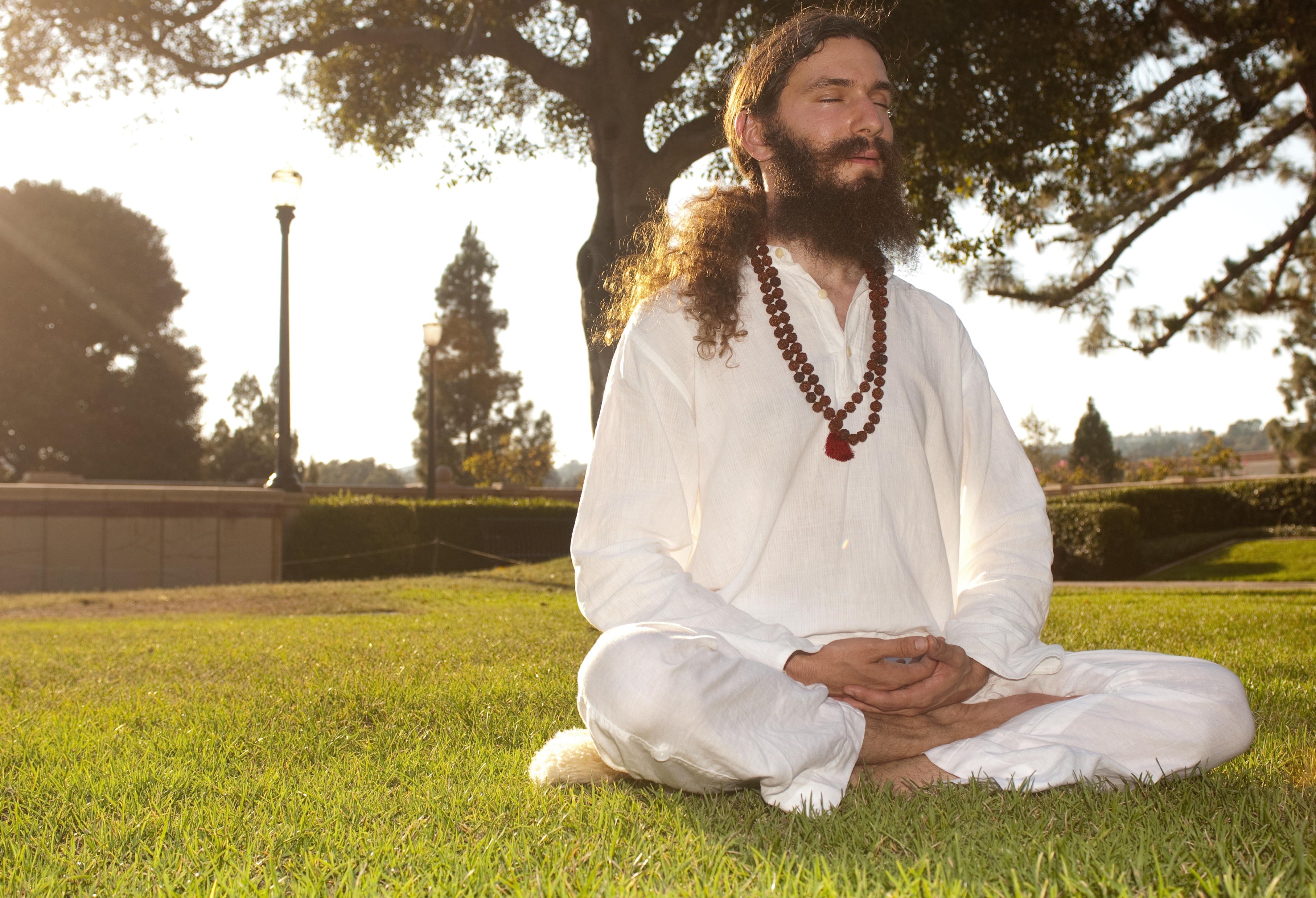Correction: The original infobox contained an error. In Sanskrit, Hamsa means “the swan,” which symbolizes the soul.
In 2007, fourth-year ethnomusicology student Jaswinder Singh was working as a waiter at a 24-hour hotel on the Sunset Strip, feeling unfulfilled with the direction of his life. One day, his co-worker suggested Singh try yoga. Singh began to take meditation seriously and, after three months of 4 a.m. meditation lessons, Singh quit the job he hated and enrolled at UCLA.
Singh said that, with the help of meditation, he decided to make the dramatic change from living as an aspiring musician in Los Angeles to moving west to a different neighborhood and starting a serious relationship with his current wife. Singh said that meditation helped him realize his goal of returning to school.
“To reconcile myself with going back to music school (after starting meditation), that was a big deal for me. (The change) basically happened almost overnight,” Singh said. “I suddenly realized this is what I really wanted.”
Singh, who practices Kundalini Kriya Yoga, learned everything from his teacher, Yogiraj Gurunath Siddhanath, an Indian guru from the Himalayas. Siddhanath only visits the U.S. every summer, but Singh said practicing his techniques creates a strong relationship between the two of them.
One of Siddhanath’s techniques is conscious breathing, which Singh said has a great effect on the body’s blood and brain chemistry.
“Some (breathing techniques) will relax the brain. Some calm the nerves and remove toxins in the nervous system, (which are) the number one reason why people can’t sit still,” Singh said.
Meditation not only motivated Singh to go back to school to study music, but also improved his academics and study habits. Singh said he went from being 2.0 GPA student to a 4.0 GPA student entirely through meditation.
Fourth-year ethnomusicology student Joseph Chavez, who has been taking meditation lessons with Singh for about a year, said starting the day with meditation is helpful because he goes to class with a fresh mind and retains a lot of information without taking extensive notes.
“When you’re rushing around the house, trying to scramble food down your throat, that’s your mind frame in class. … But if you start your day off meditating with a clear mind, that’s your goal. You create that pattern throughout the day,” Chavez said.
According to Singh, he has also stopped taking naps, experienced an increase in energy and has even stopped consuming caffeine.
“Basically, when you’re in a meditative state, your brain is more rested than when you’re sleeping, so your energy is much more consistent. … You also don’t need as much food or sleep,” Singh said.
Singh, who meditates up to six hours a day, said that he suggests an average student try setting aside 10-15 minutes a day to meditate. According to Singh, the best times to meditate are before studying, before going to bed after studying or waking up a few hours before an exam.
“(Meditating) daily is ideal because the mind can start relating to that way of being more quickly,” Singh said. “It switches your brain from an insecure, anxious state to being calm, collective and self-aware.”
Frank Garvey, a library assistant at the UCLA music library, also takes private lessons with Singh. He said meditation changed the way he reacts in certain situations.
“You re-evaluate the moment. If someone cuts you off on the freeway, you don’t have to react immediately with anger. … That’s where meditation comes into my life,” Garvey said.
Singh said meditation is something everyone can do, and that anyone can start simply by taking the time to breathe deeply and focus on the present.
“I’ve never met anybody who couldn’t do something that these techniques can offer,” Singh said. “The only tool you need to meditate is your consciousness … (of) where you are … right now, and that’s enough. There’s not one area of my life that hasn’t improved with meditation.”
